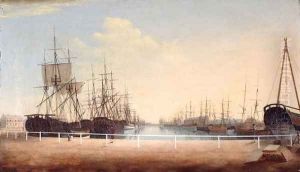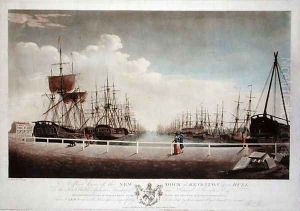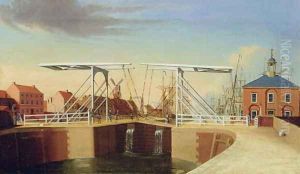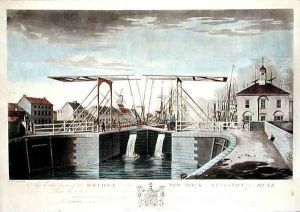Robert Thew Paintings
Robert Thew was an English engraver born in Patrington, Yorkshire in 1758. He was not born into an artistic family; his father was a carpenter. Thew displayed artistic talent at a young age, but due to his family's limited means, he initially followed in his father's footsteps and became a carpenter as well. His interest in art, however, did not wane, and he eventually transitioned to the trade of engraving.
Thew's engraving career began under relatively humble circumstances. He started by engraving patterns for clock-cases in Hull, and it wasn't until later that he had the opportunity to study under the notable engraver Thomas Cook. Cook was an accomplished artist known for his engravings of paintings by Hogarth. Under Cook's tutelage, Thew developed his skills further and began to establish his reputation.
In 1784, Thew moved to London to pursue his career more seriously. It was here that he caught the attention of the publisher John Boydell, who was known for his ambitious projects, including an illustrated edition of Shakespeare. Boydell recognized Thew's talent and soon appointed him as the historical engraver to the Shakespeare Gallery. This role significantly shaped Thew's career, as he became known for his engravings of historical subjects, particularly those based on paintings by renowned artists of the time.
Thew's work in Boydell's Shakespeare Gallery involved creating engravings from paintings by artists such as Benjamin West, Henry Fuseli, and Angelica Kauffman. These engravings were used to produce high-quality prints that were sold to the public, making the works of Shakespeare and the accompanying paintings more widely accessible. The gallery itself was an impressive display of art and engraving that attracted visitors from across Europe.
Remarkably, Thew developed a unique stipple technique that allowed him to produce engravings with a remarkable tonal quality, which was particularly suited to reproducing the subtleties of the original paintings. This technique established Thew as one of the leading engravers of his time.
Despite his success as an engraver, Thew's career was relatively short. His health declined, and he passed away in 1802 at the age of 44. Thew's contributions to the world of engraving, particularly his work for the Shakespeare Gallery, left a lasting impression. His engravings continue to be appreciated by art historians and collectors for their technical skill and artistic beauty.



